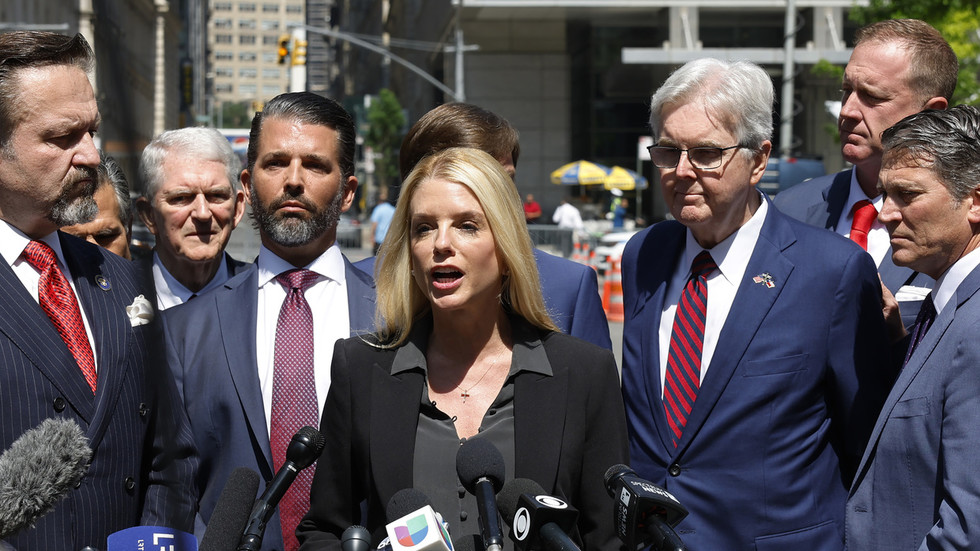With Donald Trump’s election as US president, the New Start treaty – the last remaining nuclear arms control agreement between the United States and Russia – faces an uncertain future. The treaty, which restricts the strategic nuclear arsenals of both states and provides verification protocols, is set to lapse in February 2026.
With US-Russia relations already at a historic low due to the prolonged Ukraine war, Trump’s return to the White House raises questions about the future of nuclear arms control in an increasingly polarised world.
Trump’s record on arms control hardly inspires confidence. In his first term, he withdrew the US from the Intermediate-Range Nuclear Forces (INF) treaty – a landmark 1987 agreement that sought to eliminate an entire class of ground-launched missiles with a range of 500km to 5,500km – citing Russian violations.
As national security adviser and a staunch opponent of arms control, John Bolton influenced Trump’s decision to withdraw from the treaty. And, as undersecretary of state for arms control and international security, Bolton was influential in president George W. Bush’s decision to withdraw from the Anti-Ballistic Missile treaty.
The dissolution of the INF treaty left Europe without one of its primary safeguards against nuclear escalation, increasing tensions and forcing Nato allies to reassess their security strategies.
Trump’s approach to arms control has often been combative, prioritising new demands over stability. His previous insistence on including China, a state with a comparatively small nuclear arsenal, in the New Start framework delayed progress with Russia, leaving the renewal of the treaty in doubt (before the Joe Biden administration signed a five-year extension).

 By South China Morning Post | Created at 2024-11-27 12:31:51 | Updated at 2024-11-27 14:42:32
2 hours ago
By South China Morning Post | Created at 2024-11-27 12:31:51 | Updated at 2024-11-27 14:42:32
2 hours ago








